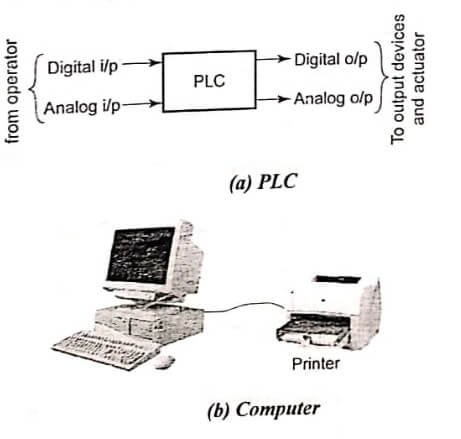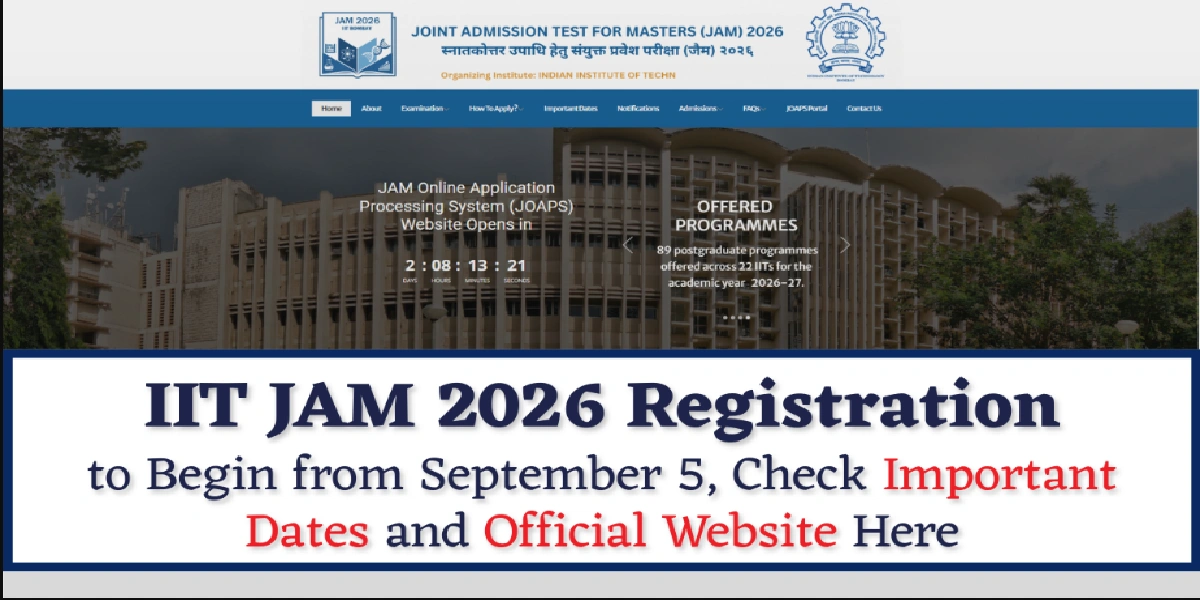However, the difference between PLC and PC certain characteristics as follows. The architecture of a PLC is basically the same as that of a general purpose computer.

- The application of PLC is for industrial environment with wide variation in atmosphere conditions and PLC is very rigid and compact.
- The PLC programming can be accomplished in the ladder logic by an electrician and technician who have no much knowledge hardware and software, whereas the computer will require person with knowledge of hardware and software.
- PLC deal with input/output in the form of sensors, switches and actuators etc, through appropriate interface units and Figure (a) conventional computers shown in Figure (b) receive inputs from keyboard and gives output to a screen or printer.
- The power supply in industrial environment is shared by many devices and therefore there can be interruption of supply. Such disruption of supply will normally not affect the program and storage of data in PLC. In a computer, such loss of data could happen.
PLC PROGRAMMING – Difference Between PLC and PC
Ladder diagrams is most commonly used programming method evolved from electrical relay circuits and is in the form of graphical language. In its simple form, ladder diagram is a network of contacts and coils are arranged on rungs between two vertical lines called rails used.
Proper Construction of PLC Ladder Diagrams
- No vertical contacts are allowed.
- A coil must be inserted at the end of the rung.
- All contacts must run horizontally.
- Only one output may be connected to a group of contacts.
- Flow must be from left to right.
Process Scanning Considerations
PCs function by scanning their operational programs. Each PLC operational cycle is made up of three separate parts
- Input scan,
- Program scan and
- Output scan (see Figure (a) & (b).)
The total time for one complete program scan is a function of processor speed and length of user program.
During the input scan, input terminals are read and the input status table is updated accordingly.
During the program scan, data in the input status table is applied to the user program, the program is executed, and the output status table is updated appropriately.
During the output scan, data associated with the output status table is transferred to output terminals.
- See More : Data handling instruction in PLC
- See More : Database languages and interfaces
- See More : Microprocessor based controller
- See More : Evolution of microprocessor 8085








